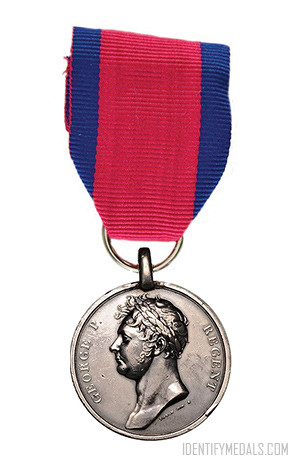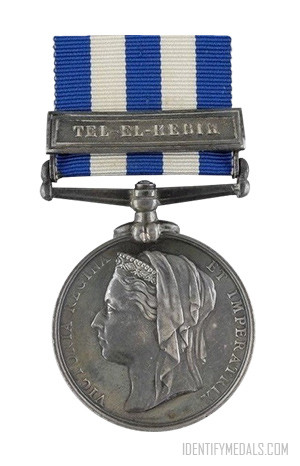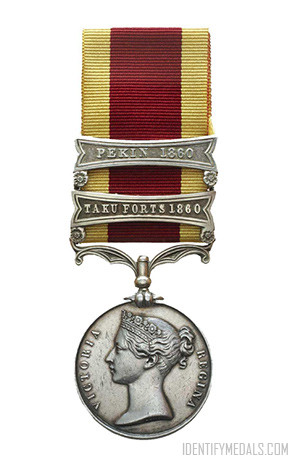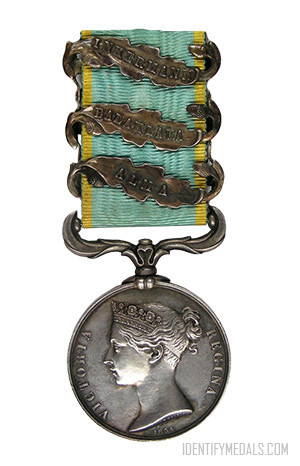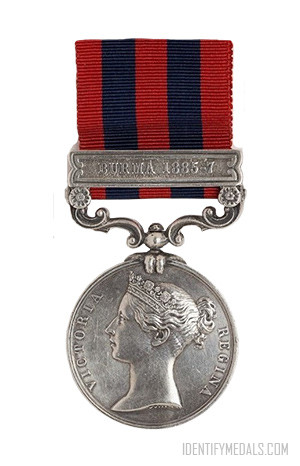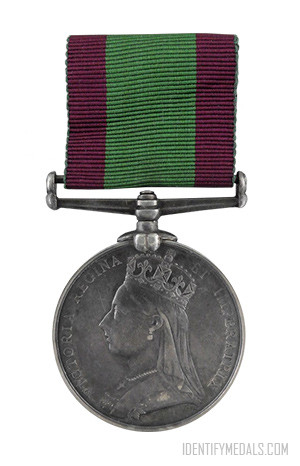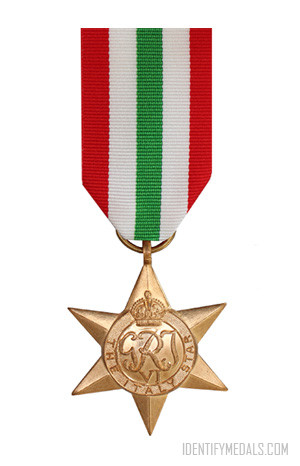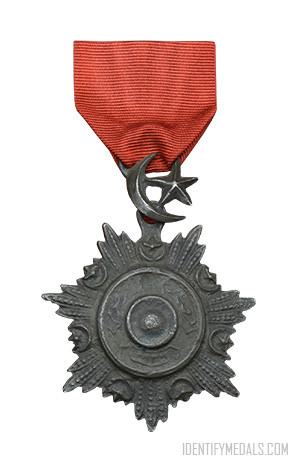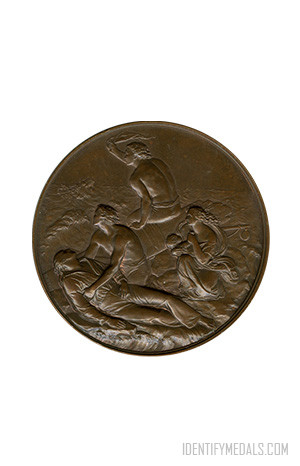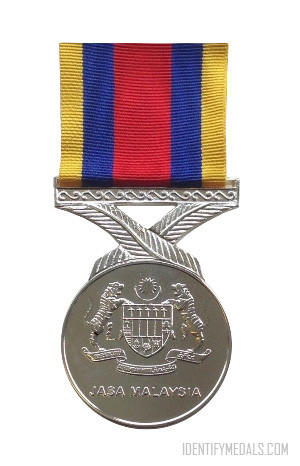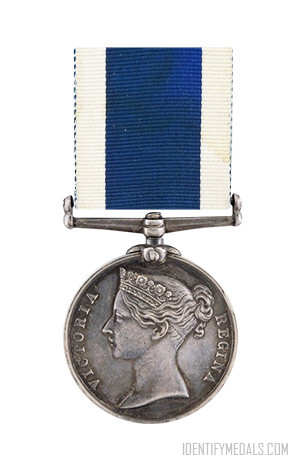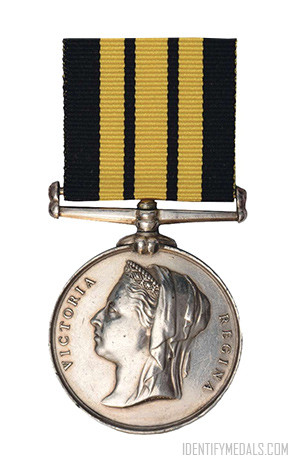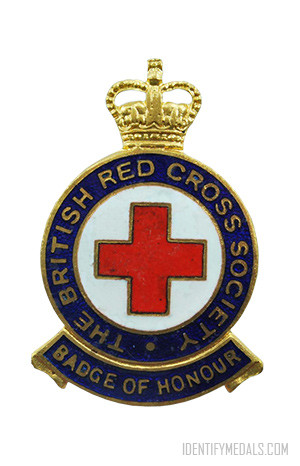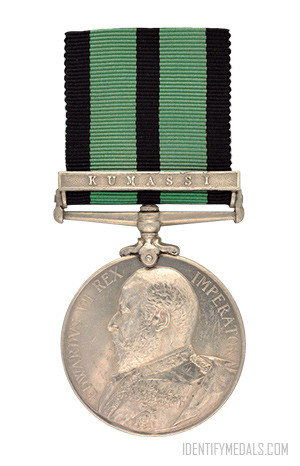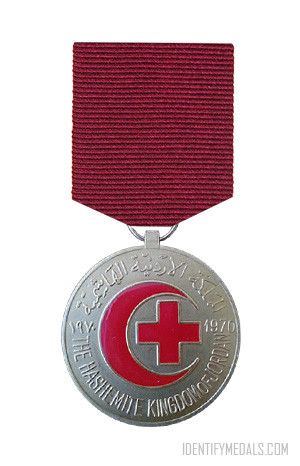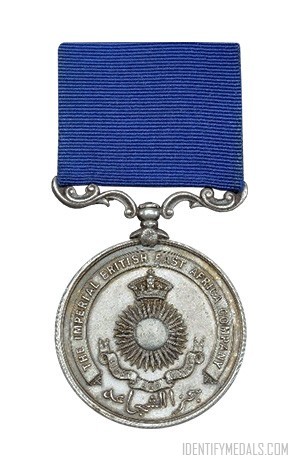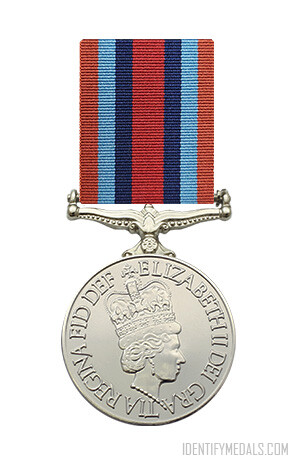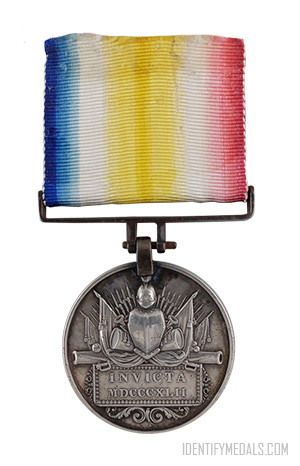- Time Period: Pre-WW1
- Year of Institution: 1816–1817
- Country: Great Britain
The Waterloo Medal is a British military medal established in 1816-17 by the House of Commons. The military medal was to be struck for all those who participated in the Waterloo campaign.
On 23 April 1816, it was announced in the London Gazette that the Prince Regent had been graciously pleased to confer the Waterloo Medal upon every officer, non-commissioned officer and soldier of the British Army who took part in the battles of Ligny (16 June 1815), Quatre Bras (16 June 1815) and/or Waterloo (18 June 1815). This included also members of the King’s German Legion.
The measure was supported by the Duke of Wellington, who on 28 June 1815 wrote to the Duke of York: “…the expediency of giving to the non commissioned officers and soldiers engaged in the Battle of Waterloo a medal. I am convinced it would have the best effect in the army, and if the battle should settle our concerns, they will well deserve it.“
On 17 September 1815, the Duke of Wellington wrote to the Secretary of State for War recommending “that we should all have the same medal, hung to the same ribbon as that now used with the [Army Gold] Medal.“
The Waterloo Medal was finally issued in 1816–1817 and given to every soldier that had been present at one or more of the battles of Ligny, Quatre Bras and Waterloo. Each and every soldier was also credited with two years extra service and pay, and were to be known as “Waterloo Men“.
The Waterloo medal was the first medal issued by the British Government to all soldiers present during an action, and it was also the first campaign medal awarded to the next-of-kin of men killed in action.
Seven nations of the Seventh Coalition struck medals for soldiers who took part in the campaign:
- The Medal for British and King’s German Legion troops
- The Brunswick Waterloo Medal
- The Hanoverian Waterloo Medal
- The Nassau Waterloo Medal
- The Netherlands Silver Memorial Cross, 1813-15 (Zilveren Herdenkingskruis), awarded in 1865
- The Prussian Campaign Medal, 1813-15, 1815 (Kriegsdenkmünze)
- The Saxe-Gotha-Altenburg Medal, 1814-15.
The Waterloo Medal Design
The Waterloo medal is made of silver and is 37 mm (1.5 in) in diameter. It was designed by Thomas Wyon, a recently appointed Chief Engraver to the Royal Mint. The medals were to be awarded originally in bronze, but it was decided at a late stage that they should be produced in fine silver.
The obverse of the Waterloo medal shows a left facing effigy of the Prince Regent with the inscription “GEORGE P. REGENT“. The reverse displays a figure of Victory seated on a plinth with the words “WELLINGTON“ above, and “WATERLOO“ and the date “JUNE 18 1815“ below.
The design of the Waterloo medal was modeled on an ancient Greek coin from Elis, that belongs today to the British Museum collection.

